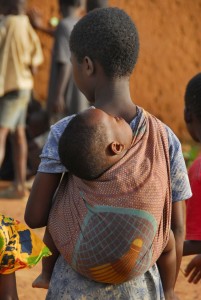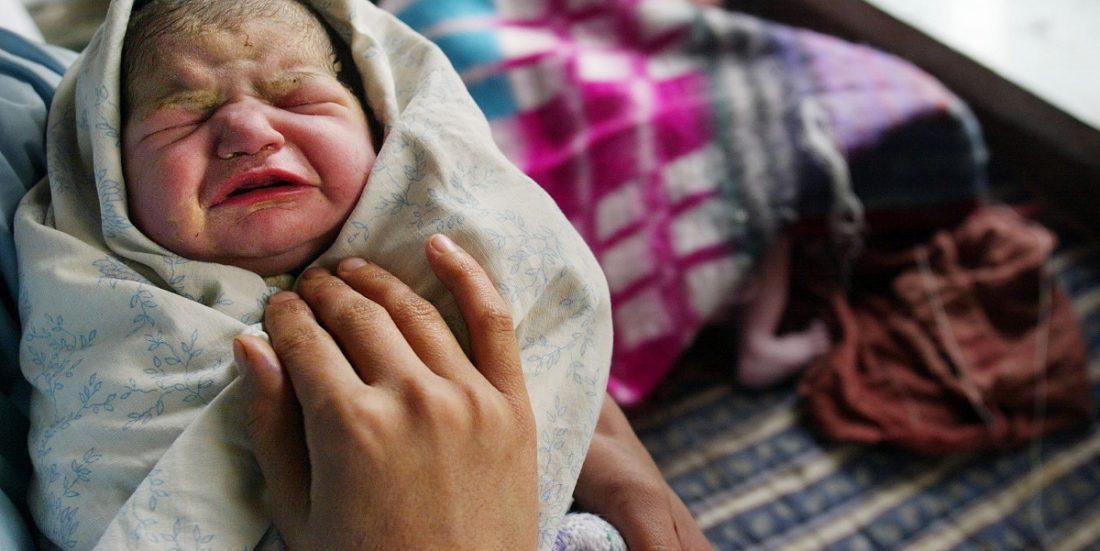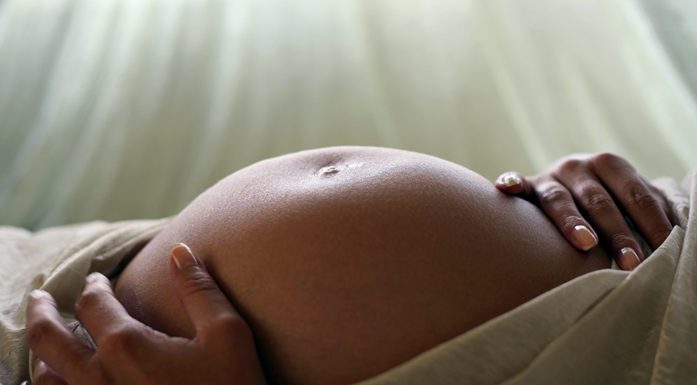Saving the lives of mothers and babies
Mortality among childbearing mothers is still high in many countries. Simple methods can save both mother and child.
One of the Millenium Development Goals of the United Nations was to reduce childbirth-related mortality by 75 per cent. In most developing countries, this will not happen by the 2015 target date set by the UN.
NTNU Professor Elisabeth Darj and Associate Professor Muhammad Zaman from Boston University have proposed ways to reduce mortality among mothers and their children. Darj is NTNU’s first-ever professor of global health research.
Engaging the family, developing a simple health app and strengthening the teaching of global health issues are some of the measures the pair have proposed to save the lives of more mothers and their children.
Different countries will require different measures, but there are common denominators. Darj and Zaman say Tanzania is an example of a country where the mortality rate among mothers and children is high, and help is needed.
Weak healthcare
Fully 97 per cent of pregnant Tanzanian women go for at least one pre-natal medical examination, but only 43 per cent go the recommended four times. The national health programme has been adjusted to improve services and reduce the number of childbirth-related deaths. But recent studies show that pregnant women have limited awareness of potential complications. Families often self-assess their risk and pay little attention to professional advice.

In Tanzania, 70 per cent of the population live in rural areas. But 80 per cent of doctors live in Dar es Salaam, the country’s largest city. (Photo: Thinkstock)
This means that mothers seek out health care services late, and thus get help late, sometimes too late.
Access to medical care varies greatly. In Tanzania, 70 per cent of the population live in rural areas, but 80 per cent of doctors live in Dar es Salaam, the country’s largest city.
In Norway, childbirth-related deaths occur in 7 of 100,000 births. In countries such as Tanzania and Afghanistan, the risk of mothers dying either during delivery or as a result of post-natal complications is about 65 times greater.
Already in 2002, health care programs in Tanzania started placing more emphasis on pre-natal check-ups. The country’s weak health care system is one of the reasons that plans have not been implemented as well as hoped, and much remains to be done.
Engaging families
To remedy this, efforts have been made to engage prospective fathers and other family members to a greater extent. They learn what kind of danger signals to watch for in the expectant mother, and how to plan for the birth, such as when and how to prepare the delivery room or call the midwife.
This approach seems to be having some impact. Traditionally, men make the economic decisions in the family. Therefore, it is important to bring them on board, so that they understand when their wife must seek help.
Simple app
One hope lies in the fact that 56 per cent of the population own a mobile phone. That means it is easier to summon help. Smartphones offer opportunities to develop programmes that can be of benefit.
Darj and Zaman want to develop a free, simple app that can provide medical advice in a form that is adapted to the culture of the country, and which is available for several types of phones. The app can give the family advice about when it is time to seek help, thereby preventing delays.
More education
Darj thinks that this app should be developed at NTNU, which has the technological prerequisites, the commitment to the work and experience from Tanzania, where the university is already involved in several projects.
Visjon 2030
- The Ministry of Foreign Affairs, the Ministry of Education and Research, and the Ministry of Health and Care Services have requested input from educational institutions and other stakeholders to improve health and education globally through the program Visjon 2030.
- NTNU researchers are among those who have submitted proposals.
- More proposals for Visjon 2030 will be presented at a conference in Trondheim on March 2 and 3, 2015.
NTNU can also contribute by including local teaching staff in research projects to increase local expertise. The university can also make local health care workers aware of new technologies and opportunities.
Starting in the autumn of 2015, NTNU will offer a new Master of Science program in Public Health – with a specialization in Global Health. This programme will strengthen the university’s educational offerings in global health. The intention is for students to help build up health care services in countries that need it. At the same time, these studies will increase understanding of the special needs of immigrants coming into Norway.
The proposals have come at the combined urging of the Ministry of Foreign Affairs, the Ministry of Education and Research, and the Ministry of Health and Care Services. Through its Visjon 2030 project (see Fact Box), the Government has asked higher education institutions and other stakeholders to suggest specific measures to improve global health and education. Visjon 2030 will hold a conference in Trondheim on 2-3 March, where several of these contributions will be presented.




